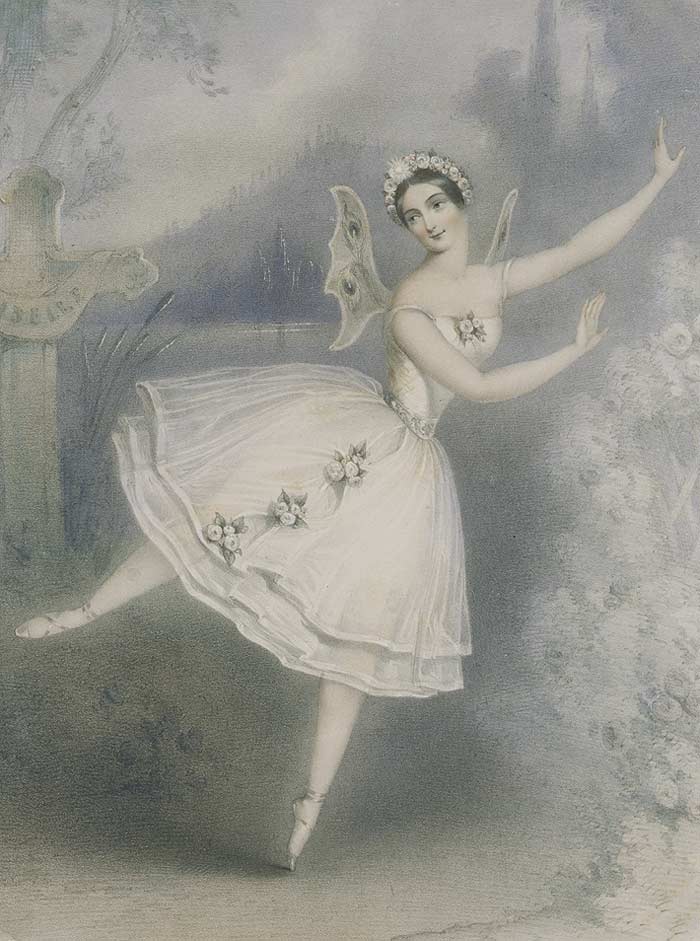Once upon a time . . . actually, when I started my job as Music History Professor at Southern Methodist University in 1985, I had to face facts: even with my fancy new Ph.D. in musicology, my musical education was filled with holes.
There wasn’t a thriving concert life in my hometown of Roanoke, Virginia. I didn’t grow up seeing opera or ballet. In fact, only when I went to the Soviet Union in 1981 on a doctoral exchange did I get to see first-class performances. What better place to see the masterpieces than the Kirov Ballet or Bolshoi Opera?

Still, there were holes during that first year at SMU. Many times I sat up nearly all night, listening to recordings (yes, LP’s) – a musical score in one hand, a notebook in the other. This was the very repertoire I needed to “teach” the next day. Anyone who has ever taught knows this syndrome.
Yet, I look back on that year with nostalgia. It was full of discoveries. Pieces of the puzzle began to fall into place – themes I had heard, but never identified. The connections sprouted like a fast-growing spider plant. Plus, it was so exciting, surviving those first classes.
And that brings me to “O Holy Night.” Around October of that first year, I squirreled myself away in the music library to watch a video of the ballet Giselle. I had never seen it danced, and didn’t know any of the music. But I knew it was a landmark of 19th-century Romanticism. So I’d better get it under my belt.
I was mesmerized. It was a Kirov production, with a waif-thin Giselle (probably anorexic) and a dashing, but morose, Albert. The ensemble dancing was perfect. I reveled in how Act I and Act II represented, respectively, the old-fashioned 18th-century Sentimentalism and the new madness of 19th-century Gothic horror. Plus, the scene where Giselle dances herself to death at the end of Act I is one of the greatest dramatic links ever created.
That was plenty to learn. But it all paled when I realized, a few weeks later, that the composer of Giselle, Adolphe Adam (1803-1856), was . . . the composer of “O Holy Night.”
Who hasn’t been moved to tears by a fine rendition of “O Holy Night”? But why is it so effective? The text, a poem Minuit chrétiens, c’est l’heure solennelle, was penned by a Parisian wine-seller named Placide Cappeau de Roquemaure in 1847. Cappeau then asked his friend, the composer Adolphe Adam, to set it to music. Again the adage proves true: Prima le parole, e dopo la musica. [First the words, and then the music.]
The English text we know and love was translated by music historian John Sullivan Dwight (1812-1893). A Boston-born graduate of both Harvard and Cambridge, Dwight was first ordained a Unitarian minister, and later became one of 19th-century America’s most significant music critics and promoters of music education.
But none of those facts explains the mesmerizing beauty of the song. But the 1841 ballet Giselle helps answer the question.
Adam wrote streams of soaring, flexible melodies – the kind that accommodate the unpredictability of dance choreography. After all, who can predict exactly when that premier danseur will land after a virtuosic cabriole?
Plus the composer had a talent for creating unforgettable themes like those he used as motto-themes, or signature themes, in Giselle. Adam penned cascades of these simple themes to evoke specific aspects of the story: one melody signifies Giselle’s ill-fated daisy-picking scene (“He loves me, he loves me not”); another melodic fragment signifies the royals returning from hunting. Elastic, soaring, and memorable melodies – these are what dance music requires – and these same qualities underlie “O Holy Night.”
Try it for yourself. Think of the section “Fall on your Knees” and imagine a beautiful ballerina executing simple en pointe steps in a flowing toile robe. Perhaps she is the angel, gracefully streaming across the heavens. And those gorgeous high notes, suspended as long as humanly possible! It is dance in sound.
I hope that you can experience a live performance of Giselle, or watch one of the many video versions available. As you come to know the music of Giselle, you’ll be even more appreciative of Adam’s melodic gifts. Thank you, Adolphe Adam, for etching this beautiful Christmas tune in our hearts.



